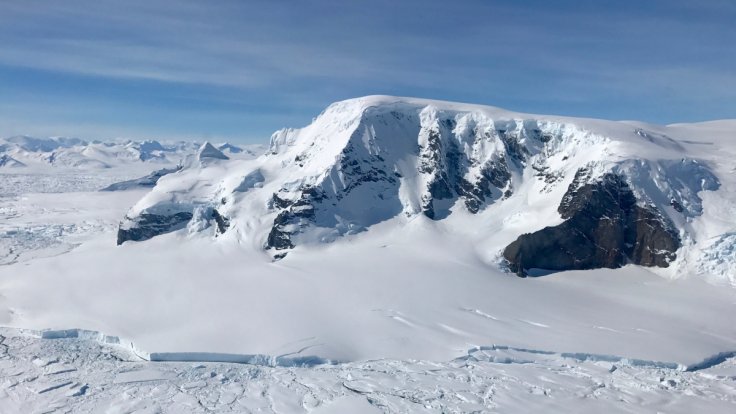
During a recent study, a team of scientists has discovered dust from an exploded star or supernova in the snows of Antarctica. A supernova occurs when a star violently explodes, thus producing gas and dust enriched with radio isotopes.
The study report published in the journal Physical Review Letters suggests that this new finding could help to know more about the history of the solar system and its surrounding environment.
Initial analysis carried out by scientists suggests that this supernova dust is approximately 20 million years old. However, it reached the earth's surface sometime in the past 20 years.
"I'm really glad and happy to actually see something which traveled billions of billions of kilometers through space and is millions of years old. To be able to use the data on Earth that's pretty amazing," said Dominik Koll, a nuclear astrophysicist who led the research, and the lead author of the study.
During the study, researchers shipped almost 500 kilograms of snow from Antarctica to a research facility in Germany, and the discovery was made from this laboratory. Koll revealed that researchers picked this area of Antarctica to collect snow as it was largely untouched.
The supernova dust found in Antarctica is Iron-60. It should be noted that most iron in the universe is Iron-56, that possesses more neutrons which make it unstable to radioactive decay.
Koll revealed that the next step in the research process is to test deposits from older ice cores which may provide more startling information regarding the history of the solar system evolution.
A few months back, a team of scientists at the University of Copenhagen's Centre for GeoGenetics at the Natural History Museum, Denmark had discovered a meteorite impact crater hidden beneath the Greenland ice shelf. The discovered impact crater is almost 30 kilometers wide and 1,000 ft deep. After the discovery, researchers also noted that this is one of the top 25 largest impact craters on earth.









